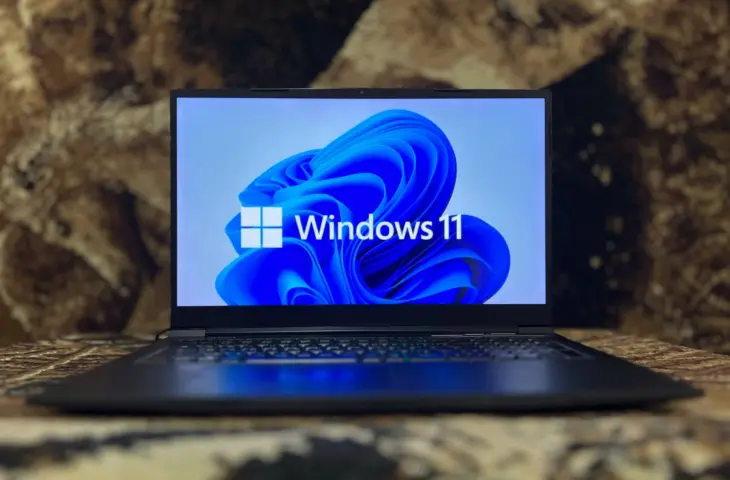Microsoft aims to use the memory diagnostics to analyze whether or not the crash was caused by memory.
Windows crashes and blue screens of death sometimes happen completely unexpectedly, and often it’s unclear what the real cause was. Microsoft now introduces a proactive memory diagnostic to quickly guide users towards potential RAM issues.
Automatic Scanning on Restart
In Windows 11 Insider Preview Build 26220.6982 (Dev Channel), the tool starts automatically after an unexpected crash. During the next restart, Windows performs a short memory test, which takes about five minutes. This test should analyze whether unstable or defective RAM is the culprit. This new approach aims to better understand which crash codes actually indicate memory errors.
Known Causes, Faster Insights
The memory check is not new: the Windows Memory Diagnostic has existed since Vista, and is also in Windows 7, 8, and 10. Users can still choose between:
- Restart and scan immediately
- Perform scan on next reboot
The test runs before Windows itself loads, so errors in the working memory become visible without the intervention of drivers or software.
Towards Better Crash Investigation
Microsoft wants to collect data during the rollout to improve recognition. Ultimately, Windows should better determine whether a crash is truly caused by memory. For users, this means less thinking and faster getting the right solution, whether that’s replacing a faulty module or disabling an overly aggressive overclocking profile.
The feature will be rolled out more broadly later, but Insider testers can experience it today. The feature is not available on Arm64 systems, Microsoft emphasizes in a blog post.
